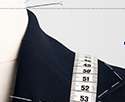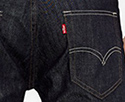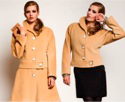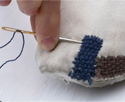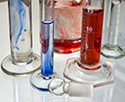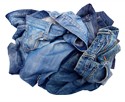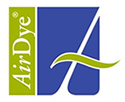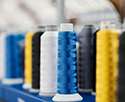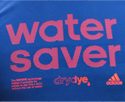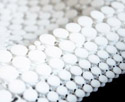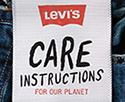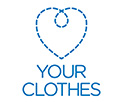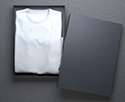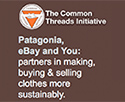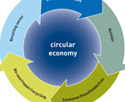Process map
The process map has been created in a circular manner to encourage a closed loop approach to apparel development, consumer use and end of life.
Design has been purposefully placed in the middle as it has an effect on all other process steps from raw materials to end of life. Depending on your role within the apparel process you may resonate more in a particular area, or use the map to encourage collaborative working across all process steps within your organisation.
Design
Includes the creation of textiles and clothing with a particular focus on the concept stage, while examining opportunities for encouraging early, impactful design decisions.
Raw materials & textiles
Encompasses inputs and stages associated with the raw material, through to fabric construction. Textiles refers to greige fabric that is uncoloured and unfinished.
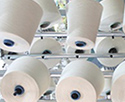 Recycled Polyester
Recycled Polyester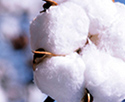 Lower Impact Cotton
Lower Impact Cotton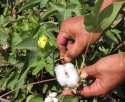 Organic Cotton
Organic Cotton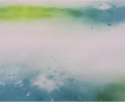 Bio Based Synthetics
Bio Based Synthetics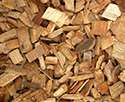 Man Made Cellulose
Man Made Cellulose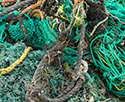 Recycled nylon
Recycled nylon

Colouration
Refers to any process, method or concept that applies colour to a fabric. This could be by traditional dye methods, printing or future innovative concepts.

Finishing
Refers to any process, method or concept that alters a fabrics aesthetic, performance or both, through mechanical, chemical or biological means.
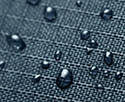 Finishing & Printing
Finishing & Printing Foam Eco Care
Foam Eco Care Laser Technology
Laser Technology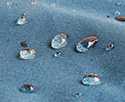 Sustainable Water Repellency
Sustainable Water Repellency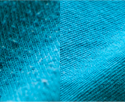 Enzyme Based Textile Finishing
Enzyme Based Textile Finishing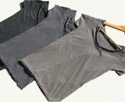 Ozone finishing
Ozone finishing

Garment manufacture
Covers concepts and technologies during the sampling and production stage, which can facilitate material efficiency and waste reduction.
Consumer
Refers to companies engaging with the consumer beyond their traditional role of manufacturing and selling product through a growing choice of platforms and media – enabling the consumer to play their part in saving resources and reducing and eliminating waste.
End of life
Concepts, technologies and processes associated with product once it has come to the end of its first lifespan. This area focuses on diverting textile waste from landfill for as long as possible, and creating higher values for waste when it has reached the end of its intended life.
